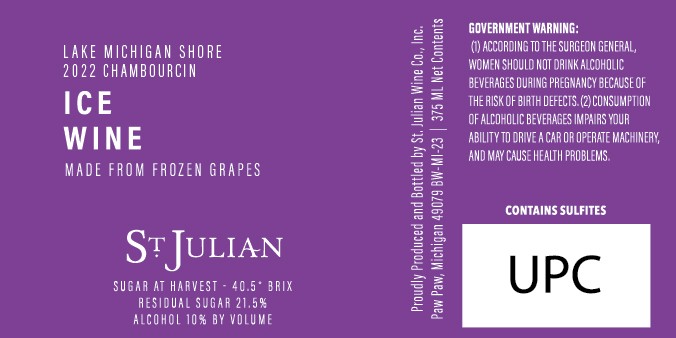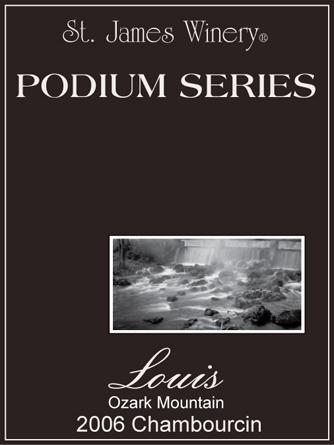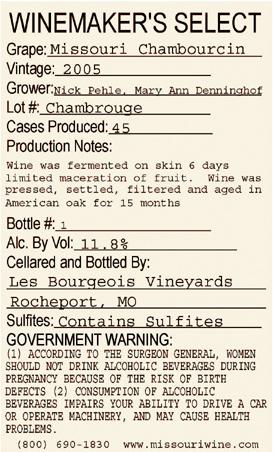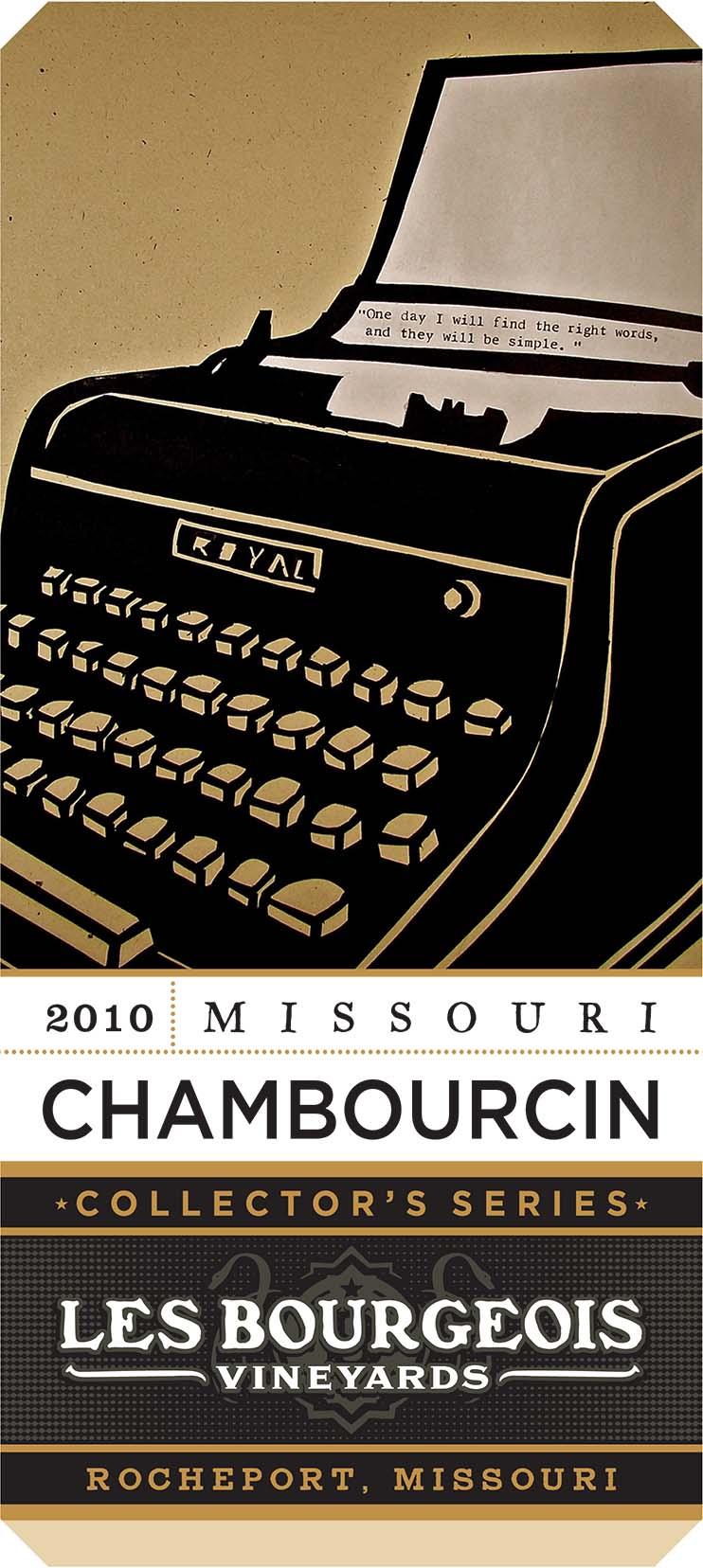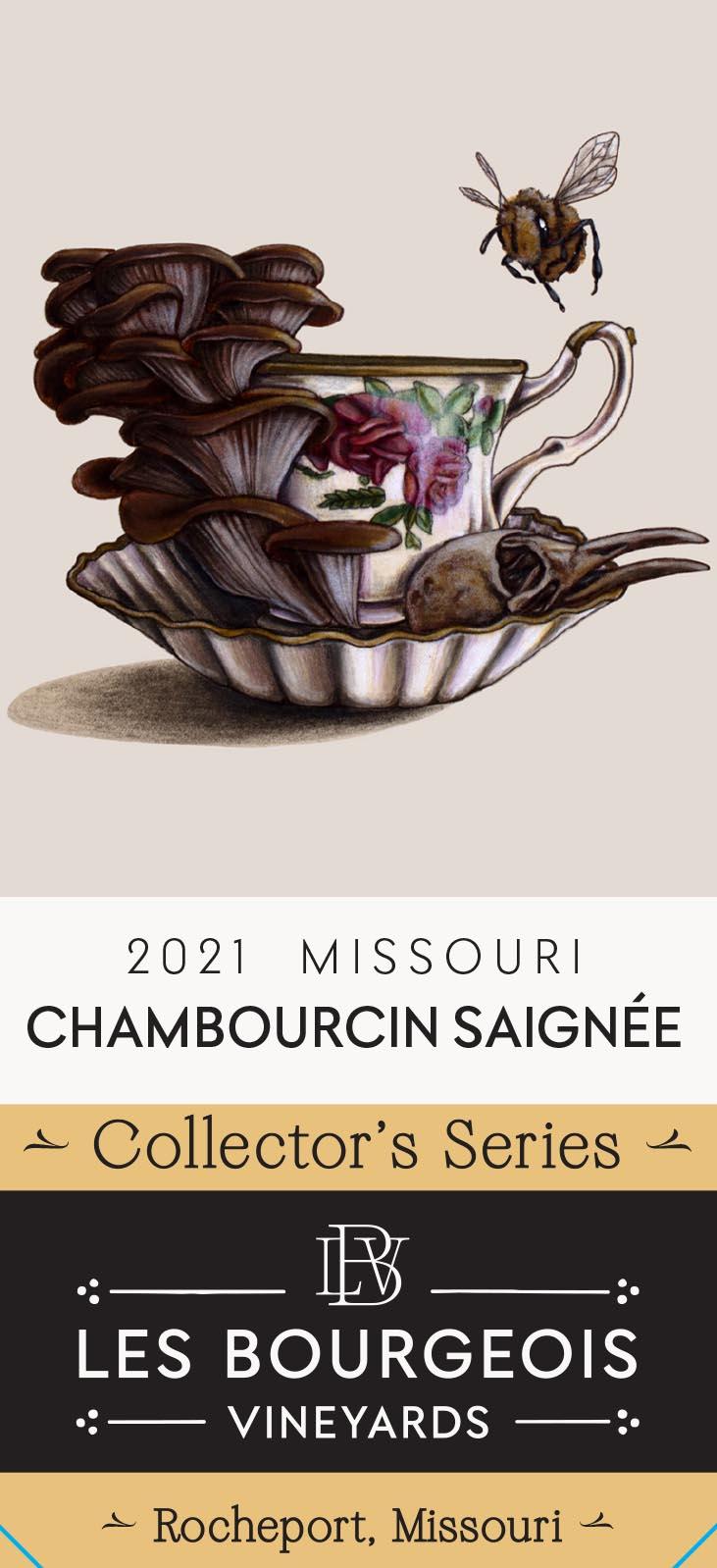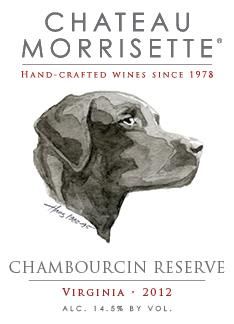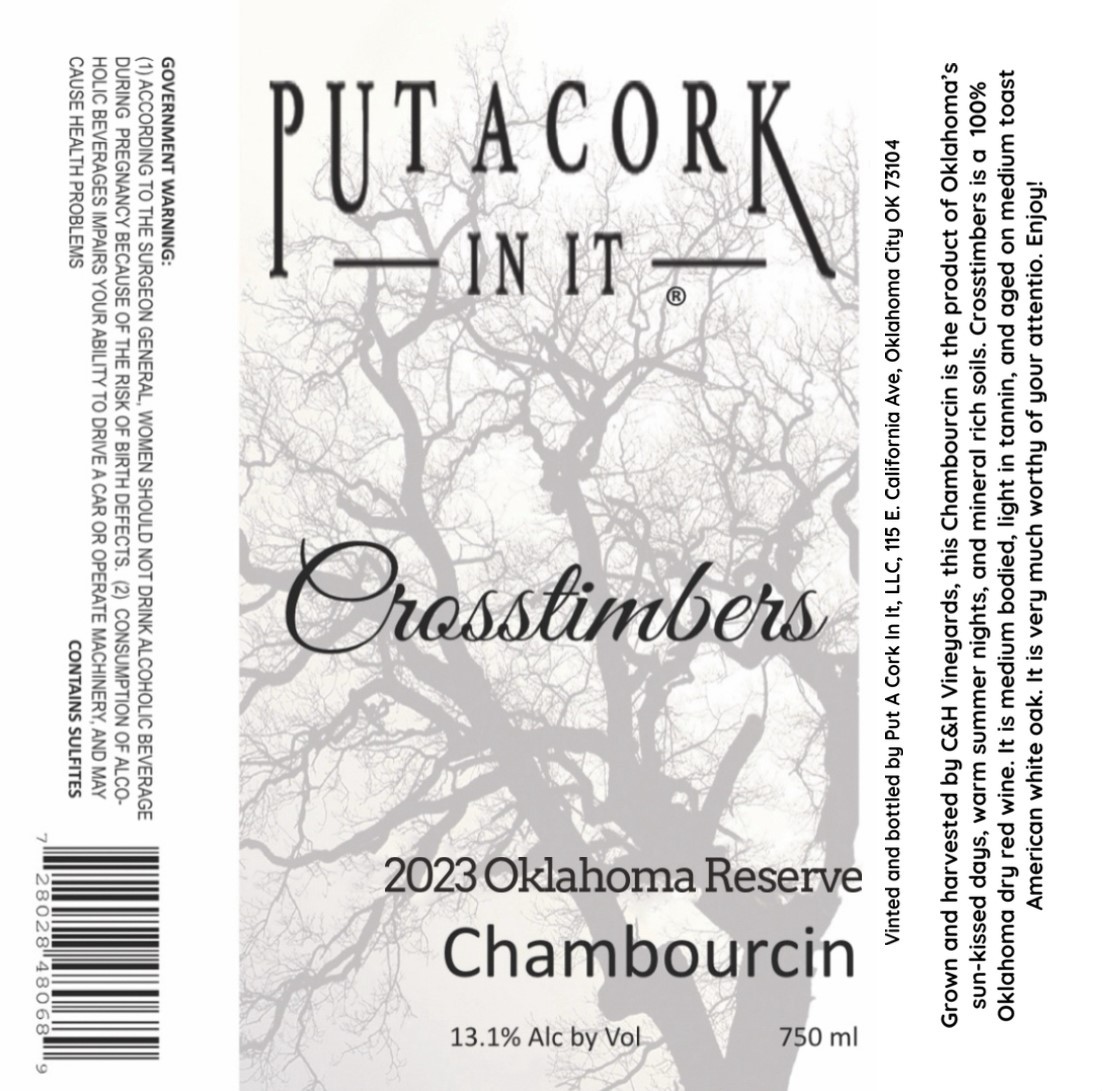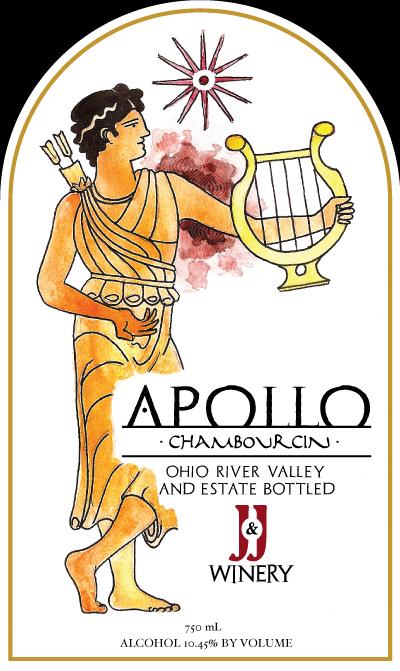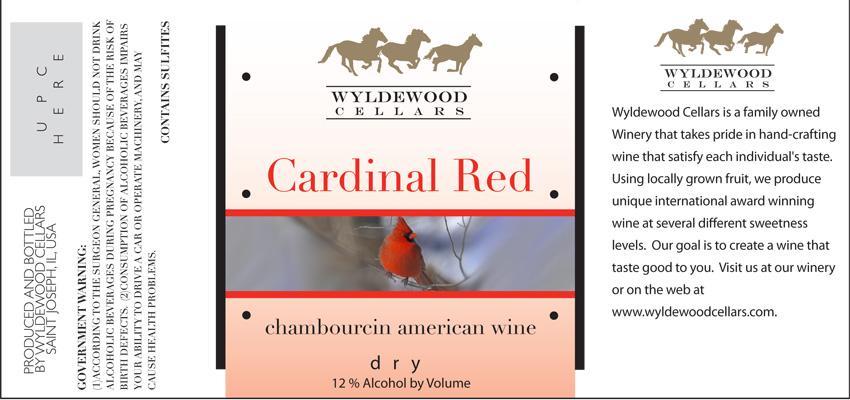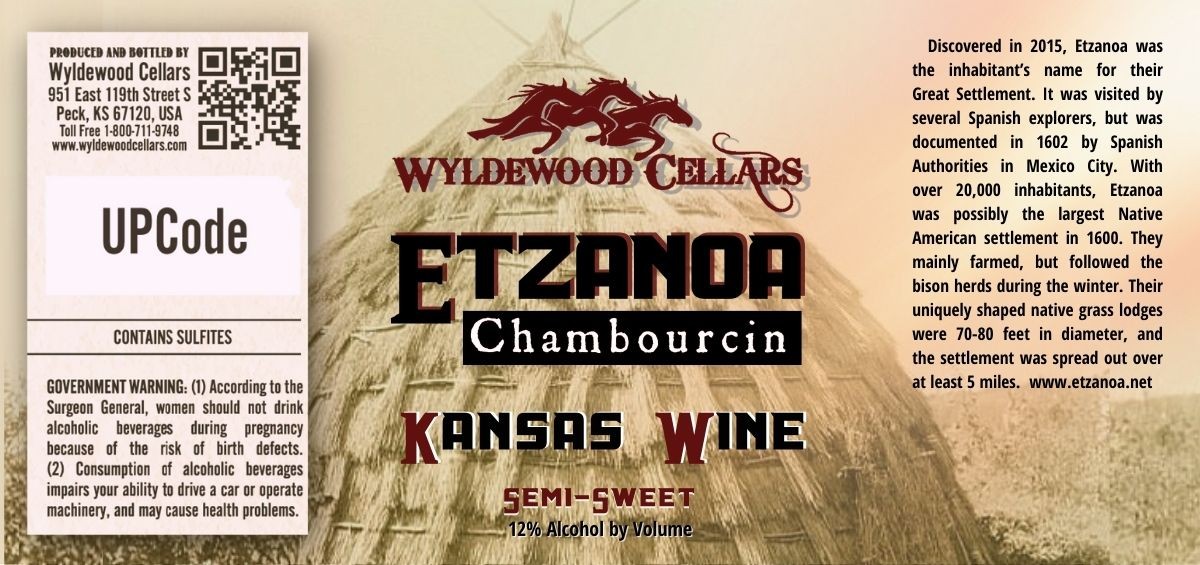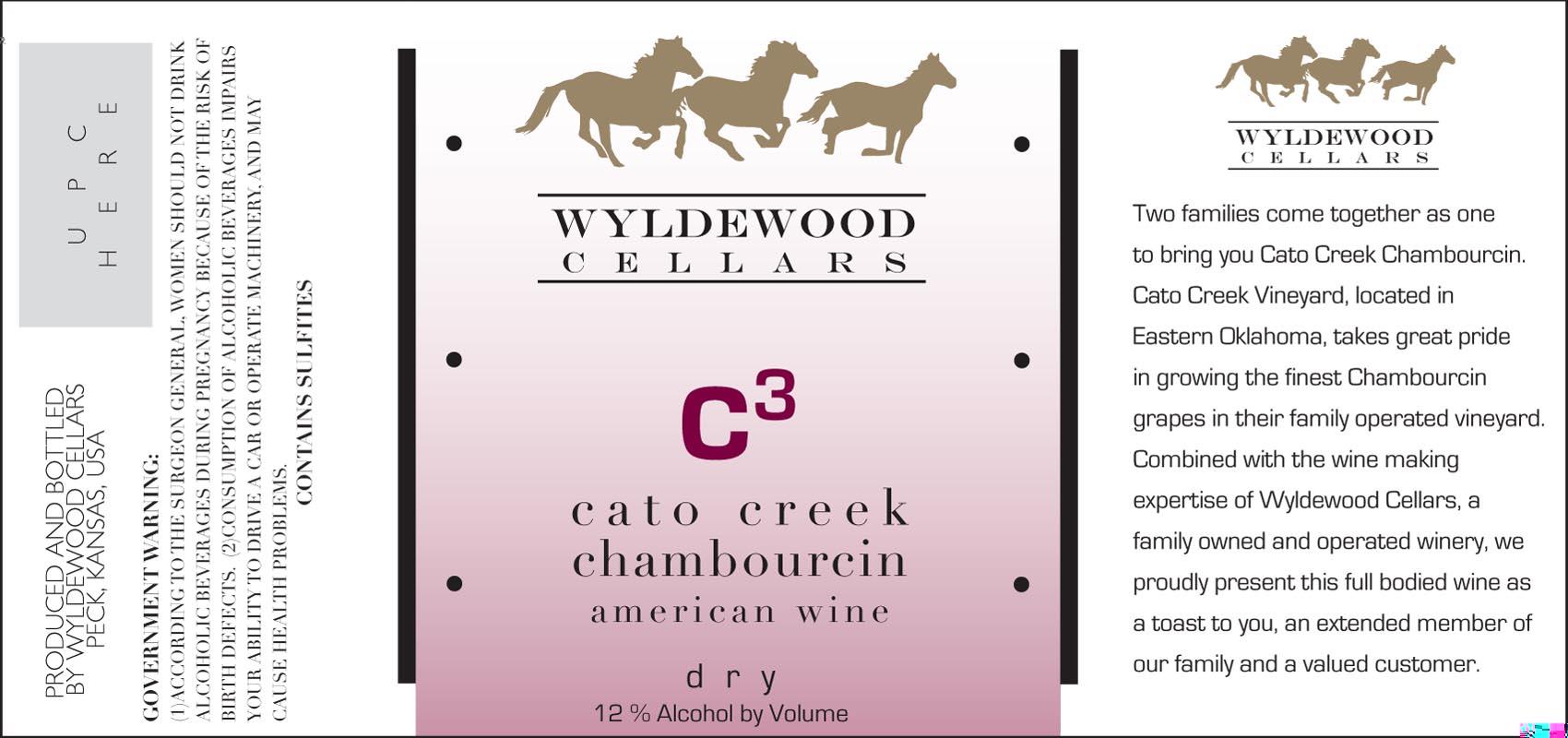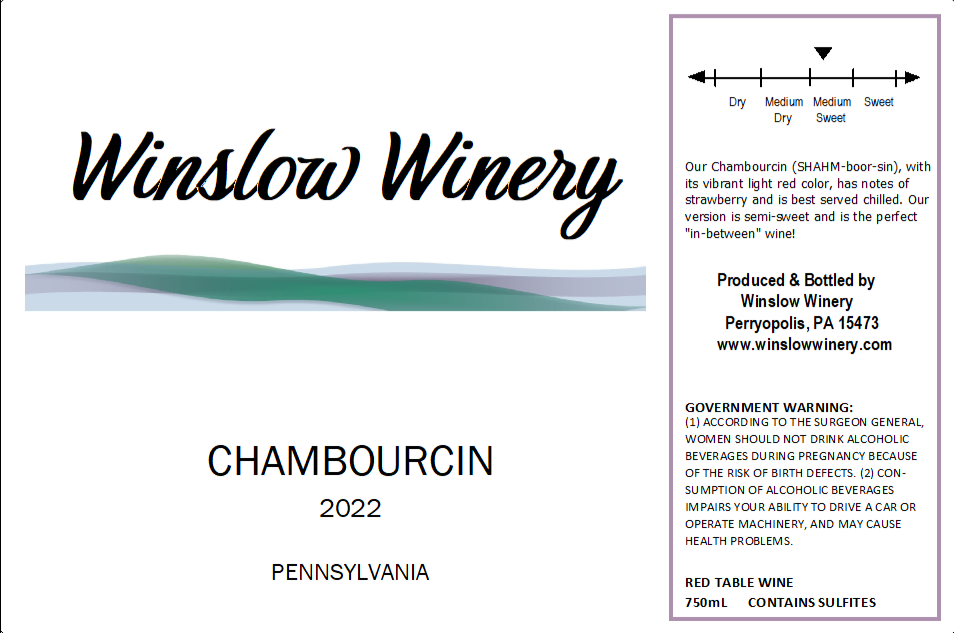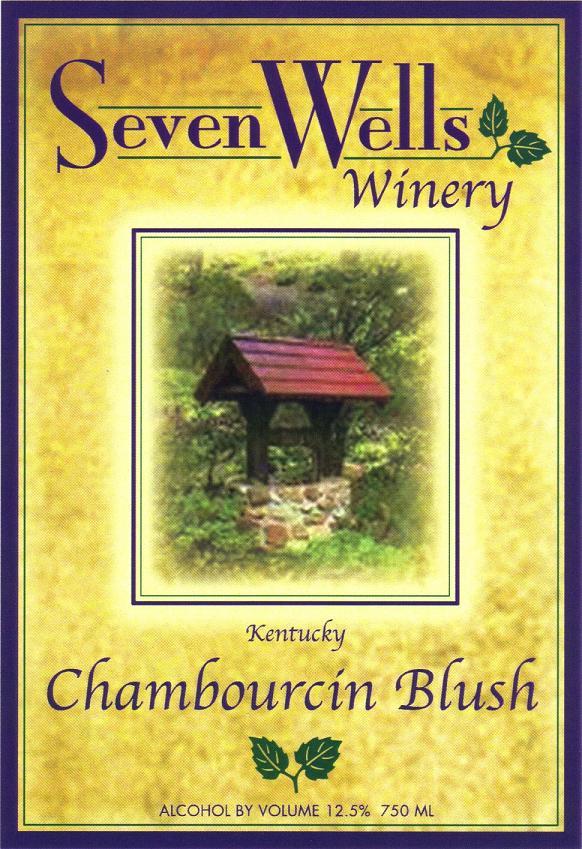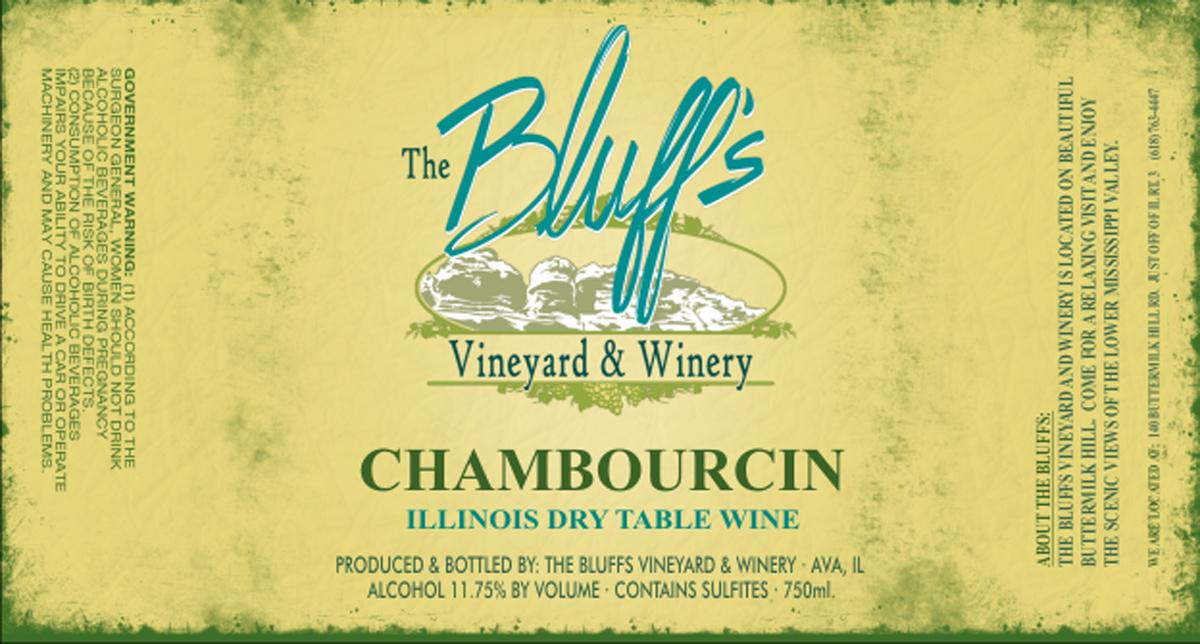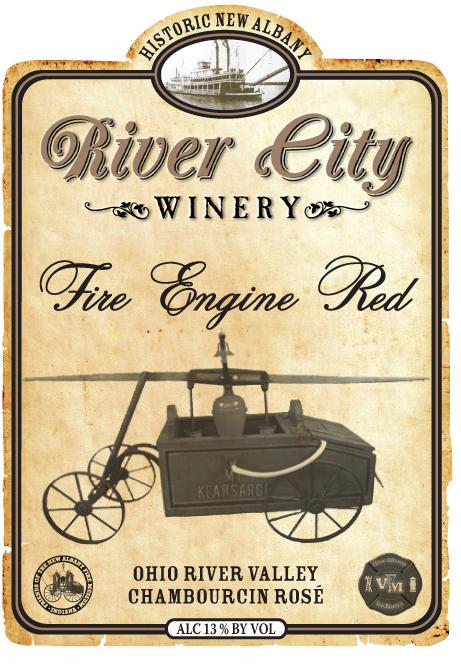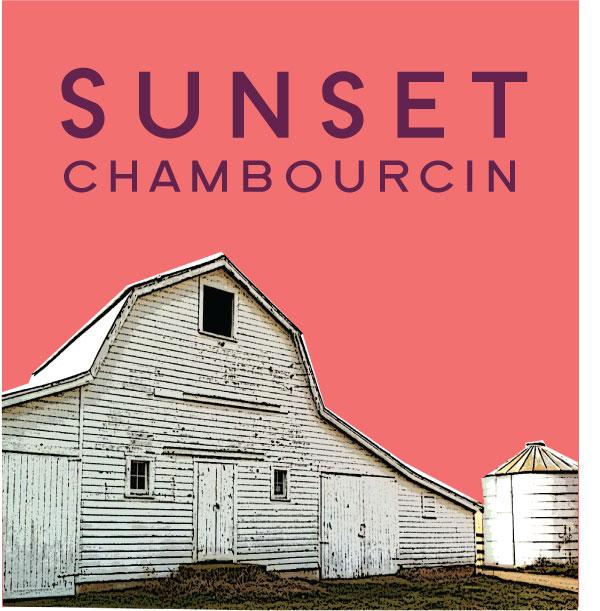Characteristics of Chambourcin
Chambourcin's allure lies in its ability to deliver wines of remarkable depth and complexity, rivaling those made from pure vinifera. This grape variety is praised for its capacity to produce wines with a rich, dark color and a balanced structure, free from the off-putting "foxy" notes that plagued many earlier hybrid wines. Its vibrant fruit flavors and subtle expression of terroir make it a favorite among wine enthusiasts who appreciate the finesse of vinifera. The grape's adaptability to diverse climates and resistance to diseases are key factors that contribute to its growing popularity in regions where traditional grapes falter. Such unique traits have solidified Chambourcin's reputation as a leading hybrid, offering both winemakers and wine lovers a versatile and rewarding option.
What Does Chambourcin Taste Like?
Chambourcin's taste can be greatly influenced by regional climates where it is cultivated. In cooler regions like the Eastern and Midwestern U.S. and Canada, the grape's high acidity is more pronounced, bringing out fresh and tangy fruit notes such as cranberry and raspberry. These areas often produce wines that are vibrant and approachable.
Conversely, in warmer climates like those found in parts of Australia and southern France, Chambourcin showcases richer, more jammy fruit flavors like plum and blackberry. The warmer temperatures contribute to a fuller-bodied wine with a smoother texture.
- Cool Climate: High acidity, fresh cranberry and raspberry notes.
- Warm Climate: Ripe, jammy plum and blackberry flavors.
These regional influences, combined with innovative winemaking techniques, highlight Chambourcin's versatility and appeal.
Notable Region Chambourcin Grows In
Chambourcin's adaptability allows it to express unique characteristics influenced by the distinct climates and terroirs of each region where it is cultivated.
- Eastern U.S.: Known for cool climates that enhance the grape's high acidity, producing wines with vibrant cranberry and raspberry notes.
- Midwestern U.S.: These regions also benefit from cooler temperatures, resulting in fresh and tangy Chambourcin wines that are approachable and lively.
- Australia: Warmer climates in regions like New South Wales contribute to fuller-bodied wines with rich, jammy flavors of plum and blackberry.
- France: Chambourcin in southern France develops smooth textures and deeper fruit notes, showcasing the grape's versatility and depth.
Food Pairings - Chambourcin
Chambourcin's versatility extends to a wide range of food pairings, enhancing both meat and vegetarian dishes with its vibrant flavors and balanced structure.
- Meat and Poultry Pairings: The wine's acidity and fruit notes complement grilled meats like barbecued chicken, ribs, and steak, while its moderate tannins pair well with roasted or braised pork, beef, and lamb, making it an ideal match for leaner cuts.
- Pasta and Vegetarian Options: Chambourcin pairs beautifully with pasta dishes, especially those featuring red sauces, and its affinity for earthy flavors makes it a great partner for roasted vegetables and mushroom risotto.
- Cheese and Sweet Endings: Aged cheeses like Brie and Camembert complement the wine's profile, while its fruitiness enhances the flavors of chocolate desserts and fruits such as strawberries and figs.
How to Serve Chambourcin
How to Serve Chambourcin
Serving Chambourcin correctly can enhance its vibrant flavors and balanced structure. Consider the following guidelines to fully enjoy this versatile wine.
- Serving Temperature: Serve slightly chilled at 55–60°F (13–16°C) to highlight its fresh fruit notes and lively acidity.
- Glassware: Use a standard red wine glass with a broad bowl to allow the wine's aromas to develop.
- Decanting: Not typically required, but a brief aeration can help open up the wine's complex aromas, especially in younger vintages.
- Aging Potential: Chambourcin is best enjoyed young to capture its vibrant fruitiness, but it can benefit from short-term aging of 3–5 years.
- Storage: Store in a cool, dark place at around 55°F (13°C) to maintain its quality and prevent premature aging.


